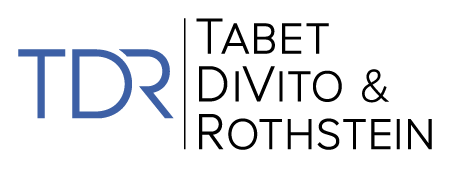Judge Dow of the Northern District of Illinois recently denied a motion to strike a jury demand for trademark-related claims after holding that plaintiffs who claim an infringer’s profits as a proxy for damages have a constitutional right to a jury trial. The subsequent trial resulted in a $54 million verdict in favor of the Plaintiffs. Black & Decker Corp. v. Positec USA Inc., No. 11-cv-05426, Docket Entry No. 218. Post-trial motions are still pending, but given the amount of damages at issue, an appeal to the Seventh Circuit Court of Appeals seems likely.
The parties in Black & Decker Corp. v. Positec USA Inc., __ F.Supp.3d __, 2015 WL 4656749 (N.D. Ill. Aug. 5, 2015), are competing power tool manufacturers. Plaintiffs alleged, in part, that Defendants infringed Plaintiffs’ trademark-related rights in the yellow and black color combination that is used on their products and packaging. Plaintiffs requested a jury trial for all claims, and Defendants moved to strike the jury demand for the trademark-related claims for Defendants’ profits. Because federal procedural law controlled the question of whether there was a right to a jury trial, the Court considered “whether the Lanham Act or the Seventh Amendment create[d] a jury right.”
Pursuant to the constitutional avoidance doctrine, the Court began its analysis with the Lanham Act. Although the Court noted that the plain language of the statute at least suggested the possibility that a right to a jury trial existed, the Court stated that it was “hesitant to find a statutory right to a jury trial” because of the Supreme Court decision in Dairy Queen, Inc. v. Wood, 369 U.S. 469 (1962). In Dairy Queen, the United States Supreme Court determined on constitutional grounds that “plaintiffs requesting a trademark infringer’s profits had a right to a jury trial.” Thus, the Court in Black & Decker refused to find a statutory right because the resolution of the issue in Dairy Queen on constitutional grounds at least suggested that the Supreme Court “did not believe a statutory right to a jury trial existed.”
The Court then turned to whether a constitutional right existed. The Court first applied a historical test to determine whether the Seventh Amendment preserved the right to a jury for such claims, but determined that the historical analysis provided inconclusive results because “[t]he history of trademark actions and remedies lies in the murky overlap of law and equity.” Because the historical test did not provide a clear answer, the Court turned to precedent and functional considerations.
With regard to precedent, the Court noted that the majority of cases fell into two categories: (1) cases that interpret Dairy Queen to hold that regardless of the theory behind the demand for profits, a jury right exists where a plaintiff demands an infringers profits; and (2) cases that hold that a jury right exists where the profits serve as a proxy for damages. The Court determined that under both theories the Plaintiffs in Black & Decker would have a right to a jury because the evidence indicated that Plaintiffs’ claim for profits did in fact serve as a proxy for damages. More specifically, the Court noted that the parties were “direct competitors producing substitute products,” so Defendants gain could correlate with Plaintiffs’ loss.
With regard to function, the Court found that the Seventh Circuit had clearly indicated that “profits may function as a proxy for damages.” Accordingly, the Court found that Plaintiffs had a right to a jury trial. The Court noted that “to the extent that the law is ambiguous, any doubts should be resolved in favor of finding a constitutional jury right, as the federal policy favoring jury trials is of historic and continuing strength and the risk of error is greater when denying rather than recognizing a constitutional right.” The Court also noted that to the extent the evidence at trial fell short of making a plausible case under the “profits as a proxy for damages model,” the Court had the “option of treating the jury’s determinations as advisory (or disregarding them altogether).”
A one-week jury trial was held in late September and early October 2015. On October 5, 2015, the jury returned a verdict in favor of the Plaintiffs. The jury awarded Plaintiffs roughly $54 million, an amount intended to represent Defendants’ profits. Various post-trial motions are still pending, and a judgment has yet to be entered on the verdict. It will be interesting to see whether the “profits as a proxy for damages model” was satisfied or whether the Court will treat the verdict as advisory. Given the amount at stake, an appeal to the Seventh Circuit is likely either way.
